From Nov. 5 to March 8, the village of Anghiari in Tuscany becomes a city of women, and it does so with a rich exhibition that will populate four spaces in its historic center with dozens of works depicting thefemale image from the Renaissance to the present day, including myth, biblical and evangelical representations and more. Entitled Stories of Women, the exhibition showcases paintings, drawings and sculptures at the Museum of the Battle and Anghiari, the Museum of Palazzo Taglieschi, the church of Sant’Agostino and the Palazzo Pretorio, with the aim of effectively synthesizing five centuries of Western culture through the iconographic representations of Eve, Mary, Mary Magdalene, St. Catherine, and even Leda, Medea, Penelope (to name a few), created by great masters such as Michelangelo, Dürer, Jacopo della Quercia, Giovanni dal Ponte, Goya, Manet, all the way to the all-contemporary recovery of more archaic figurative forms of femininity brought forth by Romagna sculptor Ilario Fioravanti. The result is intended to be an exhaustive tale in images straddling historiography, legend, allegories, symbolism, and spirituality.
Produced by the municipality together with the Museo della Battaglia e di Anghiari and curated by art historians Benedetta Spadaccini (aggregate doctorate and assistant curator Drawings and Prints at the Veneranda Biblioteca Ambrosiana) and Gabriele Mazzi (director of the Museo della Battaglia e di Anghiari), the exhibition is the brainchild of two women: Alberica Barbolani da Montauto and Ilaria Lorenzini, the Tuscan city’s councillor for culture and tourism, respectively.
“As is always the case,” explains Alberica Barbolani da Montauto, Councillor for Culture of the Municipality of Anghiari, "events spring from long periods of preparation, reflection and study. In this case there are many factors that contribute to compose this exhibition, the first of which is the trust in dialogue and the search for common goals, which punctually, when they are noble, are found."
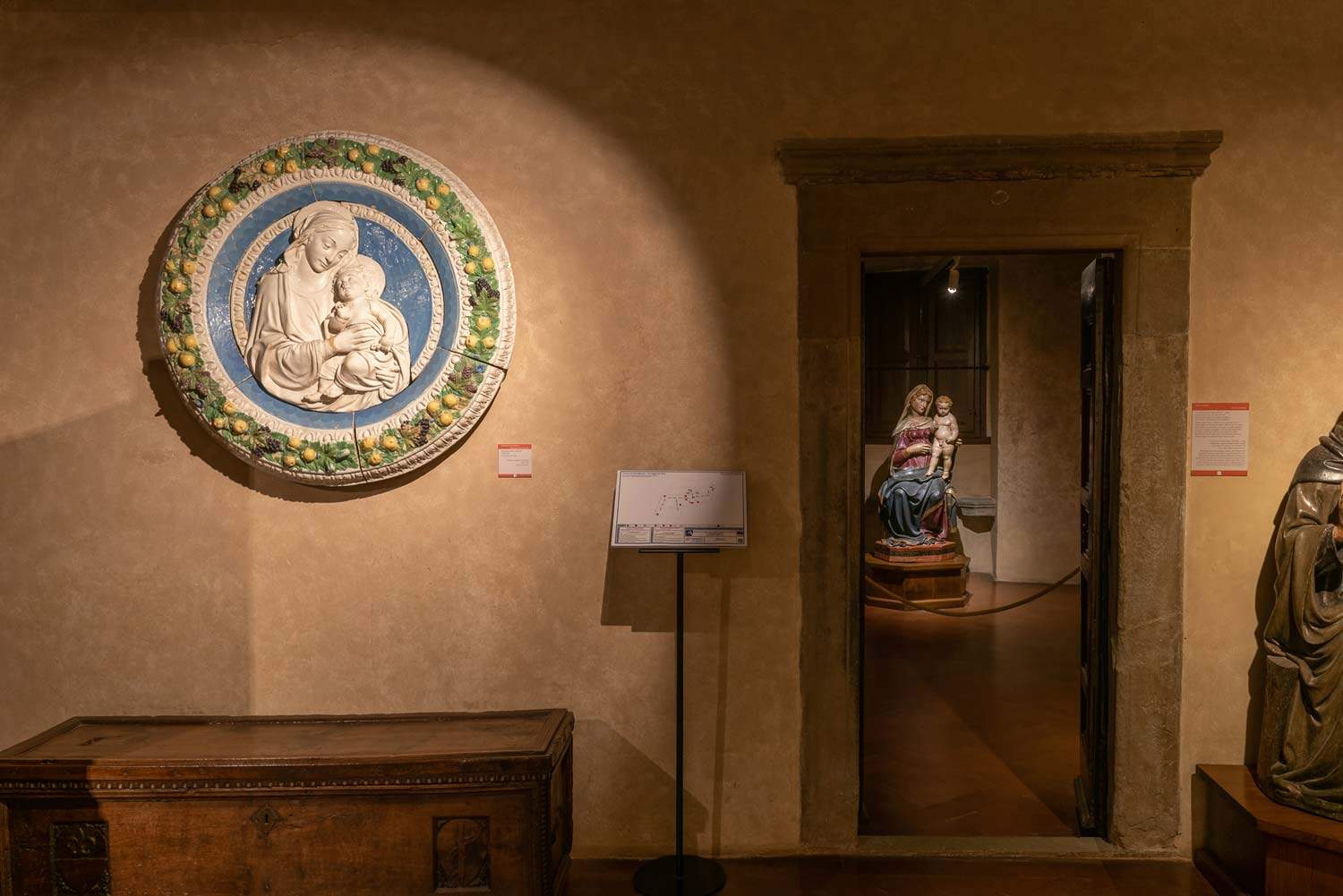
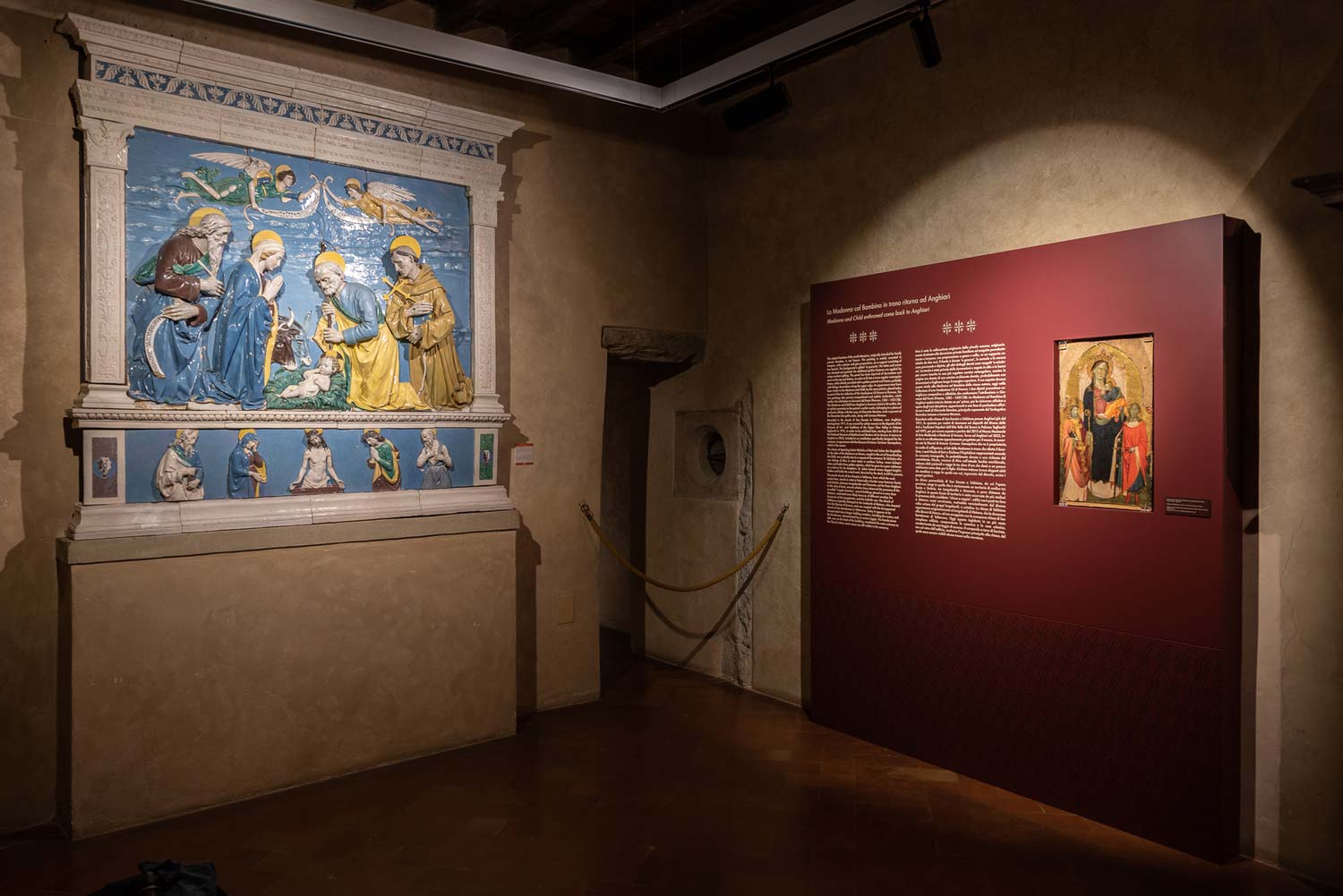
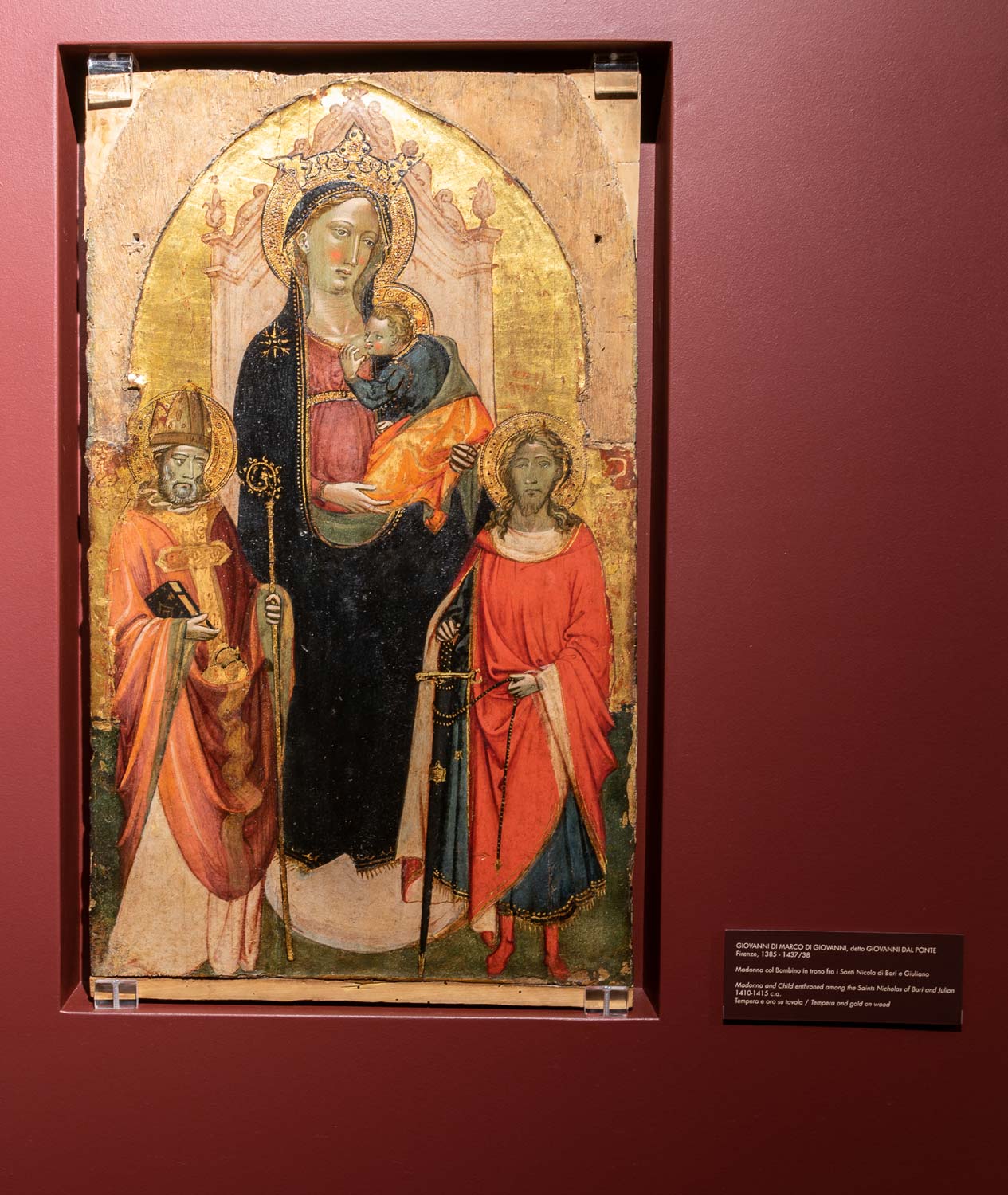
The Museum of the Battle and Anghiari presents eighteen works, including valuable works of graphic art, such as the creation of Eve by Michael Wohlgemuth (Nuremberg, 1434-1519) and the precious sheet with Adam and Eve by Albrecht Dürer (Nuremberg, 1471 - 1528). The famous Hasta la muerte by Francisco de Goya (Fuendetodos, 1746-Bourdeaux, 1828), the Olympia by Édouard Manet (Paris, 1832-1883), la Penelope by Max Klinger (Leipzig, 1857-Grossjena, 1920), and also the rare sheet containing Leda and the Swan in a Landscape, a 16th-century drawing reproducing the lost work of the same name by Michelangelo Buonarroti ( Caprese, 1475-Rome, 1564). Then there is a small panel depicting the Mystic Marriage of St. Catherine, considered a copy of Correggio’s famous subject, the Penitent Magdalene, long ascribed to the manner of Cristofano Allori, which today finally finds its real attribution to Francesco Morosini on the basis of a brilliant study. This painting, the subject of a recent restoration supported by SALPA through the Lions Foundation and the Valtiberina Lions section, represents a real discovery after it was cleaned of the varnishes that obscured its mark and partially concealed the author’s signature.
In the Palazzo Taglieschi Museum, the focus is on three particularly significant representations of the Virgin: Giovanni dal Ponte’s hieratic Madonna , which has just been returned to Anghiari thanks to an agreement between the Regional Museums Directorate for Tuscany and the Diocese of Arezzo-Cortona-Sansepolcro after remaining for several years at the Arezzo Medieval and Modern Museum; Jacopo della Quercia ’s iconic Madonna and Child ; and the moving, very sweet Virgin attributed to Benedetto Buglioni who caresses the Child with her hands and eyes. Thus we go from the early Renaissance of the first two authors, contemporary with each other but distant in taste and training, to the art of a later, more mature Renaissance canonized in the elegance of the Della Robbia style adopted by Buglioni.
Finally, in the church of Sant’Agostino and in Palazzo Pretorio, an itinerary develops between contemporaneity and the search for origins with the sculptures of Ilario Fioravanti (Cesena, 1922 - Savignano sul Rubicone, 2012), with large terracottas that convey the archaic expressive and spiritual power of femininity modeled in its most basic and primitive forms.
Stories of Women is produced in collaboration with the Regional Directorate of Museums of Tuscany, Ilario Fioravanti Archives, Anghiari Parish, and the National Association of Houses of Memory.
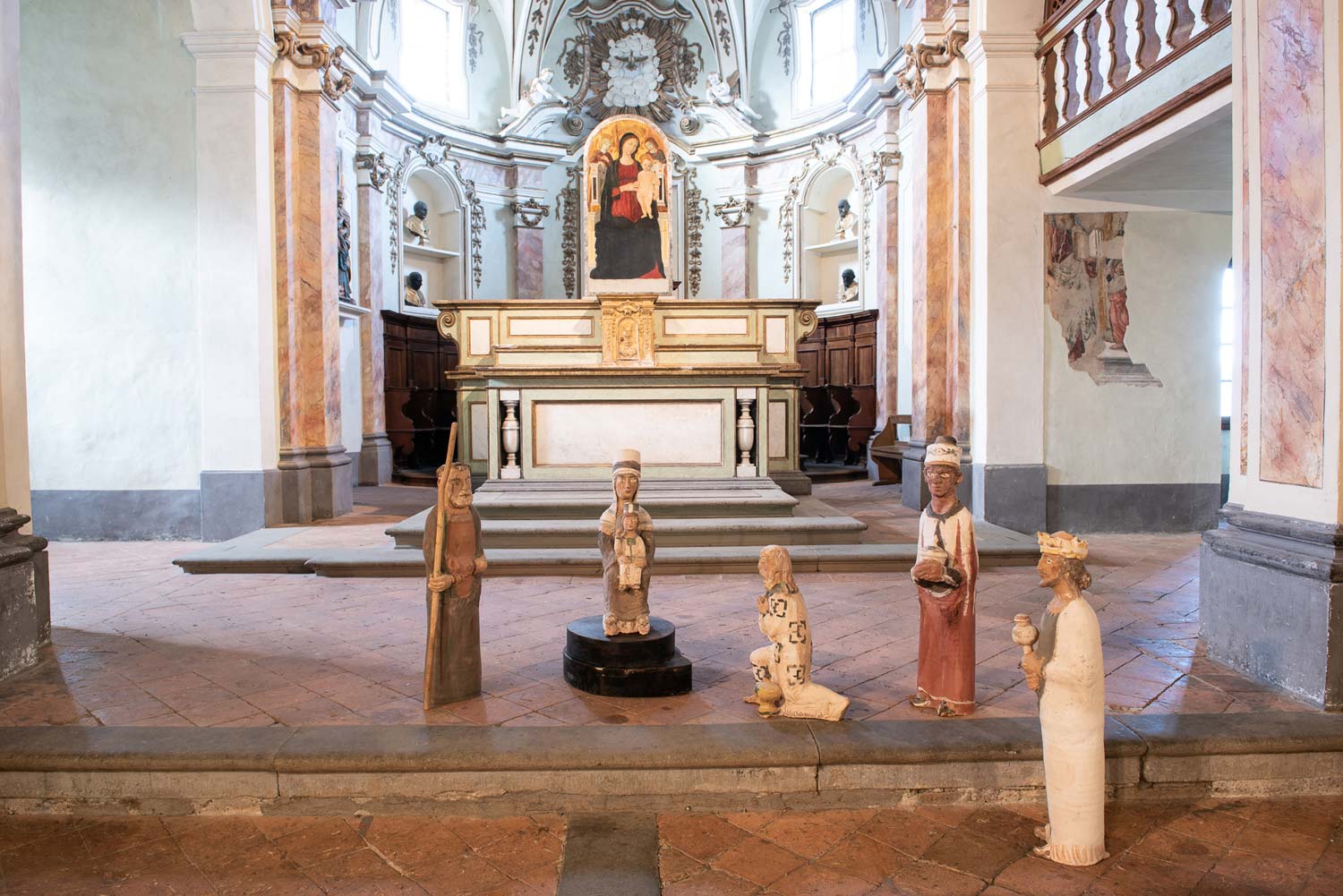 View of
View of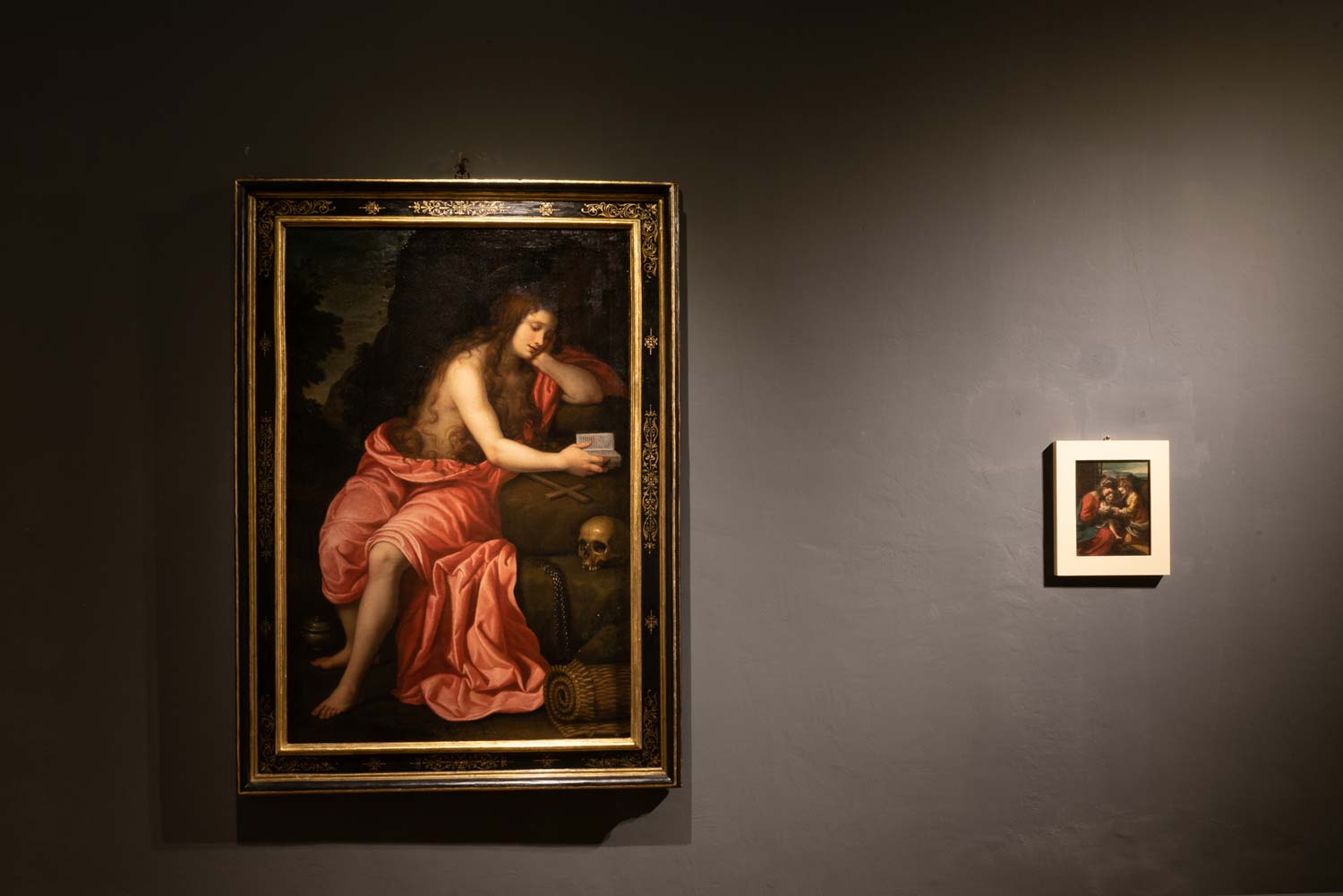 View of the
View of the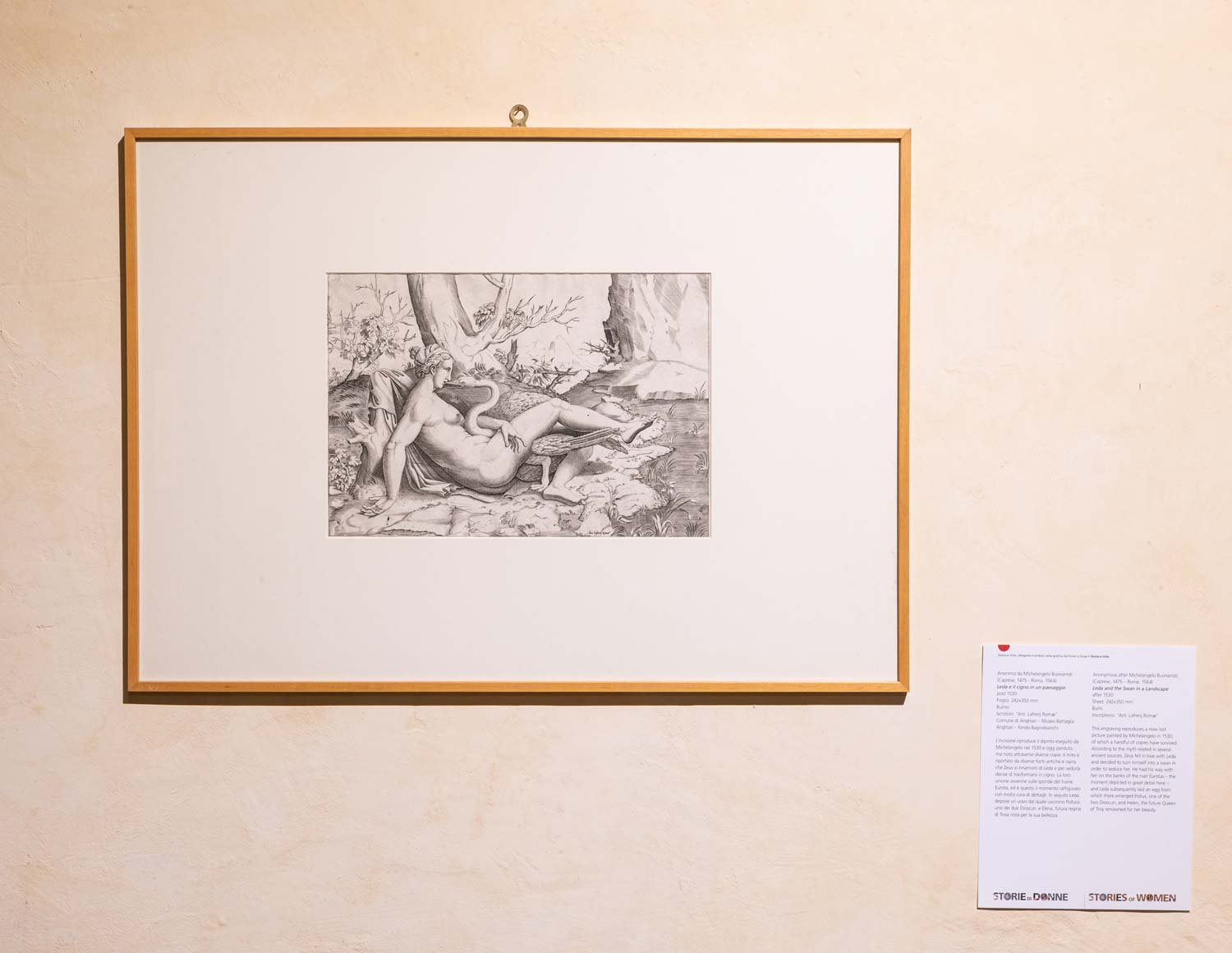 View of the
View of the View of the
View of theThe Museum of the Battle of Anghiari opens from November to February from 10 a.m. to 1 p.m. and 2:30 p.m. to 5:30 p.m., except Tuesdays, which are closed (during the period Dec. 26-Jan. 6 open daily). In March open daily 10am-1pm and 2:30pm-6:30pm. Same hours for St. Augustine’s Church (which, however, closes Dec. 25).
Palazzo Taglieschi opens Tuesdays from 9 a.m. to 1 p.m. and 3 to 5 p.m. Wednesdays from 10 a.m. to 2 p.m. Thursdays from 1 to 5 p.m. Saturdays and the first and third Sundays of the month from 10 a.m. to 2 p.m. Closed Mondays, Jan. 1 and Dec. 25.
Praetorian Palace opens Monday through Saturday from 9:30 a.m. to 1:30 p.m. For info mostreanghiari@gmail.com
 |
| Anghiari, an exhibition on women with medieval and Renaissance works |
Warning: the translation into English of the original Italian article was created using automatic tools. We undertake to review all articles, but we do not guarantee the total absence of inaccuracies in the translation due to the program. You can find the original by clicking on the ITA button. If you find any mistake,please contact us.